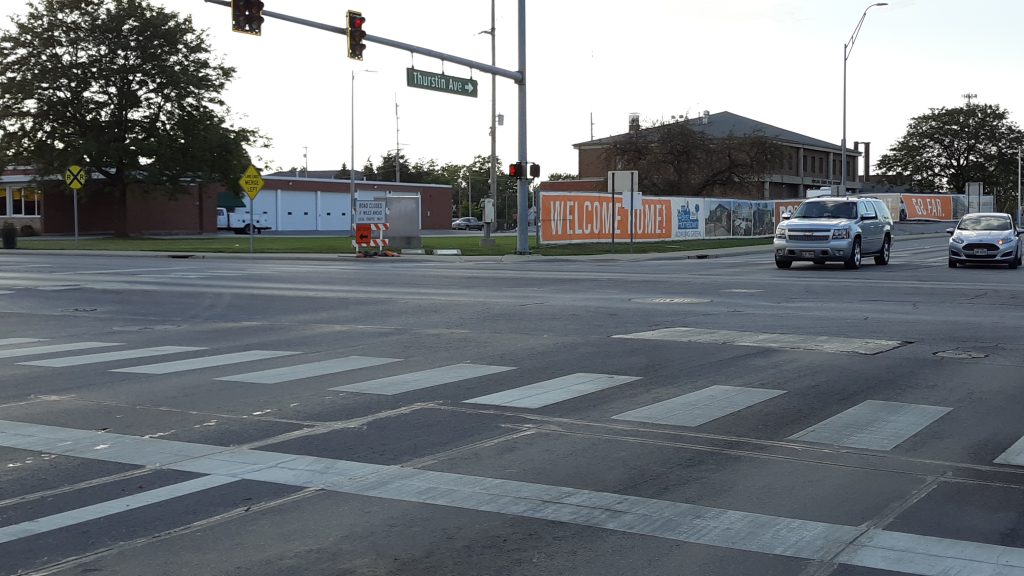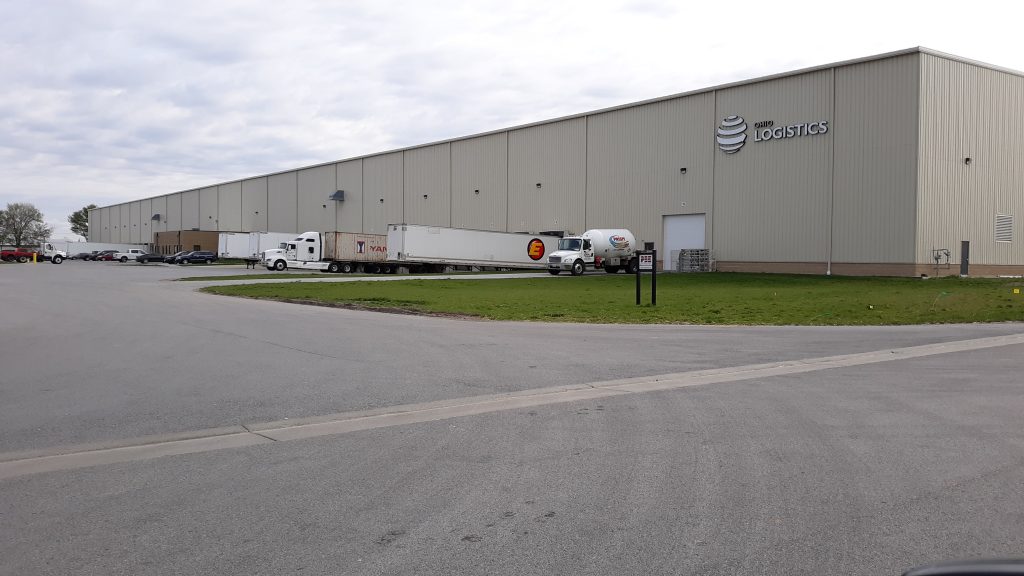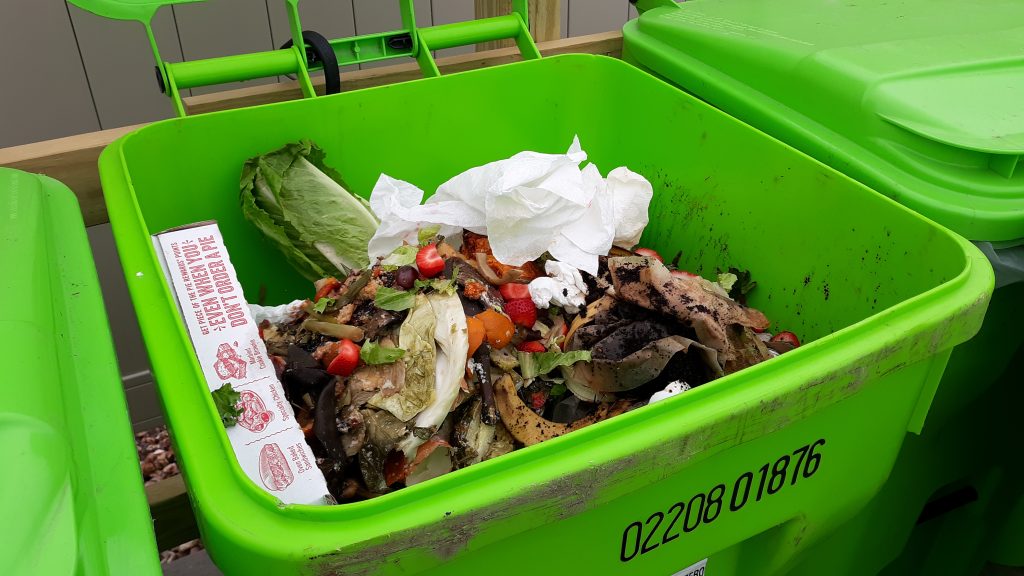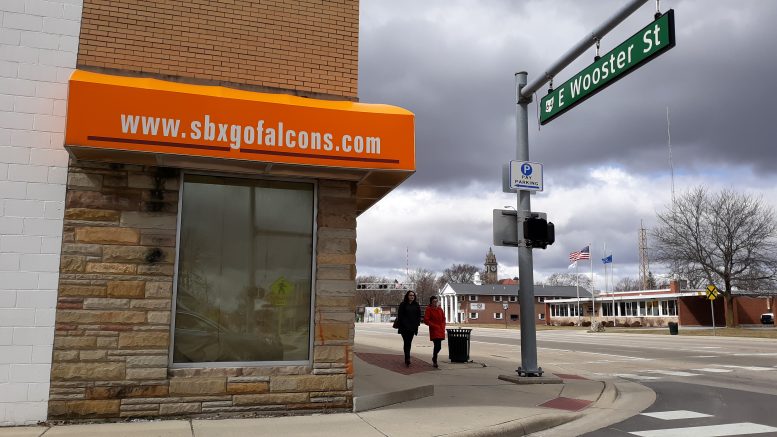By JAN LARSON McLAUGHLIN
BG Independent News
For three hours Saturday, Bowling Green City Council members hashed over their individual priorities – narrowing down their group goals for 2022.
Some goals were unfinished carryovers from 2021. Some previous goals got scratched from the list since they had been accomplished. And some new priorities were added.
Making the cut for the top council goals in 2022 were:
- Neighborhood revitalization
- Zoning updates
- Economic development
- Complete streets
- Sustainability
- Getting public input on American Rescue Plan Act funds.
Council President Mark Hollenbaugh had to occasionally remind council members that the strategic planning was to look at the big picture – not the small projects. Following are some details about each priority.

Neighborhoods
City Council members voted to continue focus on neighborhood revitalization and implementation of Community Action Plan initiatives, including micro-grants for public art projects, multi-use pathways and public flower plantings.
“There are a number of things in the CAP that haven’t been implemented,” Hollenbaugh said. “Let’s focus on getting things done.”
Council member Bill Herald asked that this priority include increased emphasis on improvements to city streets, sidewalks and drainage.
Council members Rachel Phipps and Sandy Rowland talked about the use of the existing micro-grants program for public art, such as the murals being painted around the city.
“There’s a huge interest in public art in Bowling Green,” Rowland said.
Council member Greg Robinette suggested that council pass the public art projects to people with expertise in the area. “We’re the most unqualified people,” Robinette said.

Zoning
Council voted to move forward with implementation of the city’s updated zoning code, and the Gateway Project.
Mayor Mike Aspacher warned that once the zoning update is completed, several public hearings must be held to assign the new zoning categories and update the city’s zoning map.
“It’s going to be a great deal of work,” Aspacher said.
“This is a significant opportunity for our community to take a look at ourselves,” the mayor said. “We all have an opportunity to make a difference in our trajectory forward.”
The Gateway Project involves the area on East Wooster Street between the BGSU campus and Enterprise Street. Plans call for a transformational development in those blocks. The goal is to make better use of prime property for a more welcoming and functional facade to the city.
But Robinette said the city has to do more than change the zoning.
“It sits there as a paragraph in our code, and that’s the end of it. Nothing’s going to happen unless we make it happen,” he said.
In an effort to make optimum use of that area between campus and downtown, the city is looking for properties on which to relocate the fire station and electric division. The city needs to move the fire station and electric division, then actively market the site, Robinette said.
“No one’s going to come in and develop that site unless it’s ready to go,” he said.
Hollenbaugh agreed. “We’ve done everything we can with paper and pencil,” he said.

Economic development
Council agreed to make it a priority to update the city’s economic development comprehensive plan to reflect current economic realities.
Phipps pointed out that consultants have stated the city’s approach to economic development is outdated. It was suggested that the city’s new economic development director, Kati Thompson, be asked how to best update Bowling Green’s approach.
“I think it’s important that we do it and all get on the same page on this,” Phipps said.
Council member Jeff Dennis said consultants have reported that the national economy is changing – but the city hasn’t kept up. The city has focused on attracting manufacturing businesses, at the expense of getting knowledge-based businesses, one report stated.
Dennis also suggested that improving the downtown experience for pedestrians become a priority for the city. Dennis listed several problems he has identified downtown, including neglected alleyways that don’t leave a good impression, lack of outdoor dining opportunities, and poorly timed crosswalks. He said he had to wait up to six minutes for the signal at the crosswalk in front of Ben’s downtown, before finally jaywalking.

Streets
Council voiced continued commitment to Complete Streets through either policy or ordinance. Complete Streets takes into consideration motorists, bicyclists and pedestrians.
Aspacher reported to council members that Mannik & Smith is continuing its work on updating the bicycle portion of the city’s transportation plan. The next step is a community survey. The goal is to codify a plan that will be used with future paving projects – so when a street is in line for repaving, it will already be determined if it should include bicycle treatments such as sharrows.
Also included in this priority is a pathway from the city to the community center, and to Cogan’s Crossing subdivision on Bishop Road.
“Right now there’s no safe way to get to the community center, except by car,” Robinette said.
Council member Bill Herald pushed for the pathway to remain on the priority list, even though the engineering work is well underway.
Herald and Rowland stressed that the street plan created by Mannik & Smith should be codified. Phipps pointed out that the Complete Streets concept is broader than bicycle accommodations. And Dennis and Rowland said they look forward to public transportation discussions.
Phipps asked that the city complete a traffic analysis for the downtown, as called for in the city’s Future Land Use Plan.
And Herald suggested that improvements to streets, sidewalks and drainage be added to the priority list.
“It’s been a challenge for decades. We’ve been treading water on this,” he said.

Sustainability
Council members voted to emphasize council’s commitment to the city’s sustainability values. The 2021 goals of creating a compost drop-off site and beginning work on a climate action plan for the city have been completed.
So Phipps pushed for the city to create a downtown recycling and composting pilot program to help businesses divert waste from the landfill.
“It’s a big problem – let’s figure it out,” she said.
ARPA funds
Council agreed that gathering public input on the use of American Rescue Plan Act funding should be a priority for 2022. Though only the first installment has been received, the city is expected to get a total close to $7 million in the federal COVID relief funding.
Council members shared their concerns about the additional work council’s priorities for 2022 will put on city staff.
“This is a very full plate,” Rowland said. “This is a Thanksgiving size plate.”
Hollenbaugh cautioned council to be patient.
“There are a lot of things that need to be done,” he said. “No one expects that just because it’s on a list that it’s going to get done immediately.”
Also at Saturday’s strategic planning meeting, Aspacher talked about his goals for the year:
- Implementation of the comprehensive zoning code update.
- Sustainability and Climate Action Plan.
- Bicycle treatments and Complete Streets.
- Rental housing registrations and inspections.
- Construction of the new city building. The demolition of the house next to the current city building and the former senior center will take place yet this year – with the front facade of the senior center being preserved for the new city building. Construction is expected to begin in the spring of 2022 and be completed in the spring of 2023.
- Planned implementation of the ARPA funding.
He reminded council members of the teamwork required between City Council and the city administration to accomplish many goals.
“While sometimes – in all of our best intentions to serve this community – we may push and pull, it is our collaboration and cooperation that allows for the framework to implement and operationalize our shared strategic vision,” Aspacher said.
“We are all well aware that this community invested significant time and money over the last decade into listening to our community and developing plans,” he said. “In those processes, we identified both deficiencies and opportunities.”
“In the work ahead, I encourage all of us to be mindful of the work that has begun and is not yet finished – while also being aware of new opportunities for our community,” Aspacher said.
The mayor also recognized some of the city’s accomplishments so far this year:
- Updated city website.
- Completed the initial design phase of the city building project.
- Continued work on the zoning code update.
- Implemented historic preservation legislation.
- Passed and started implementation of the rental housing registration program.
- Implemented pilot food waste compost program.
- Almost completed South Church Street improvement project.
- Launched organizational restructuring.

